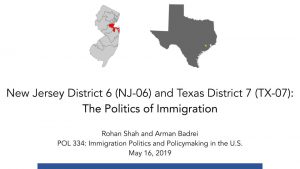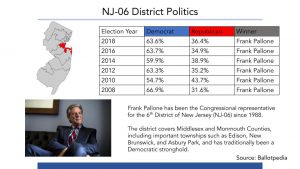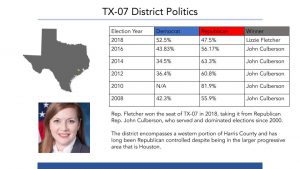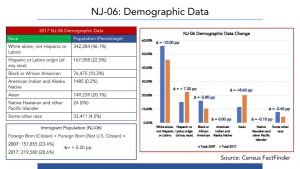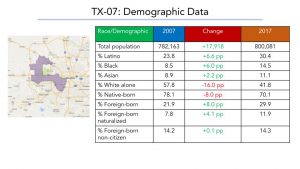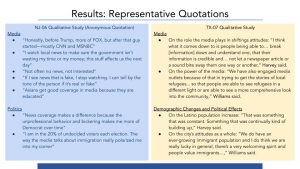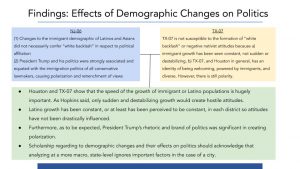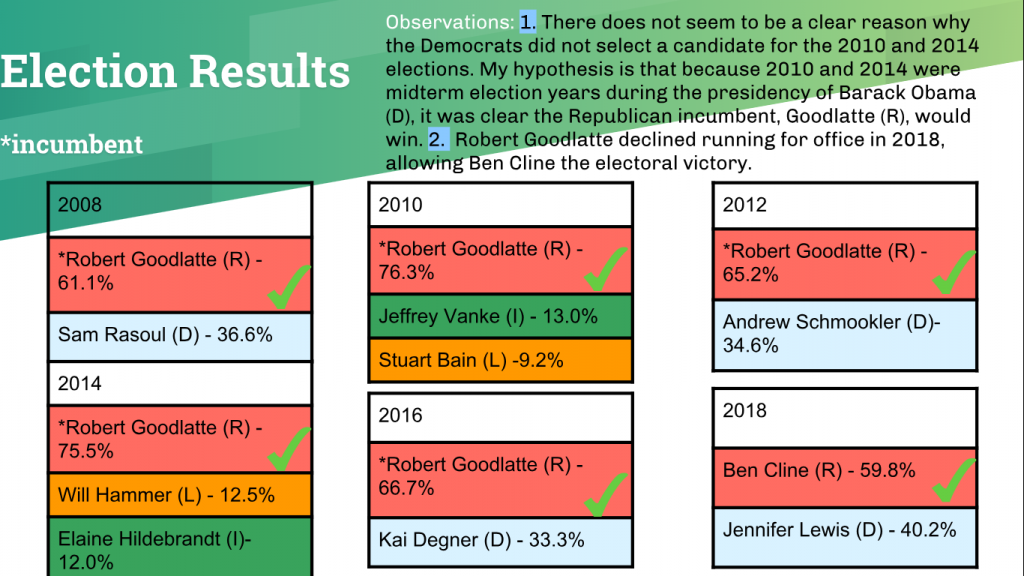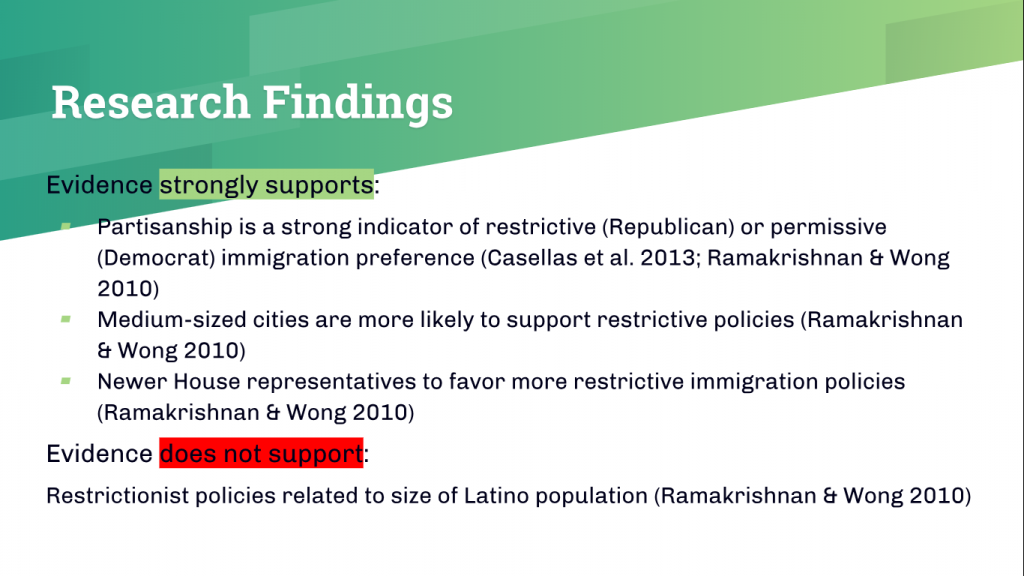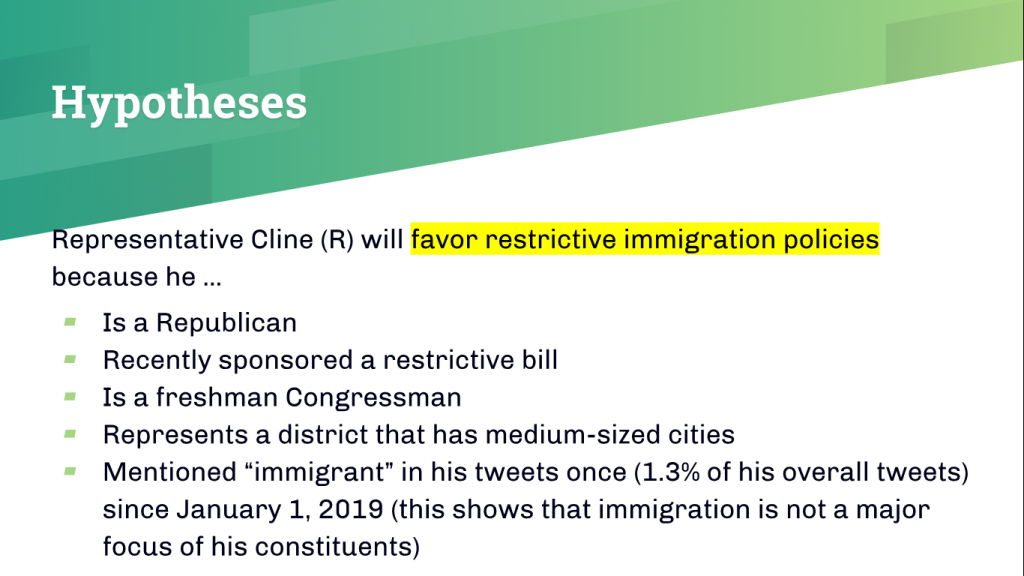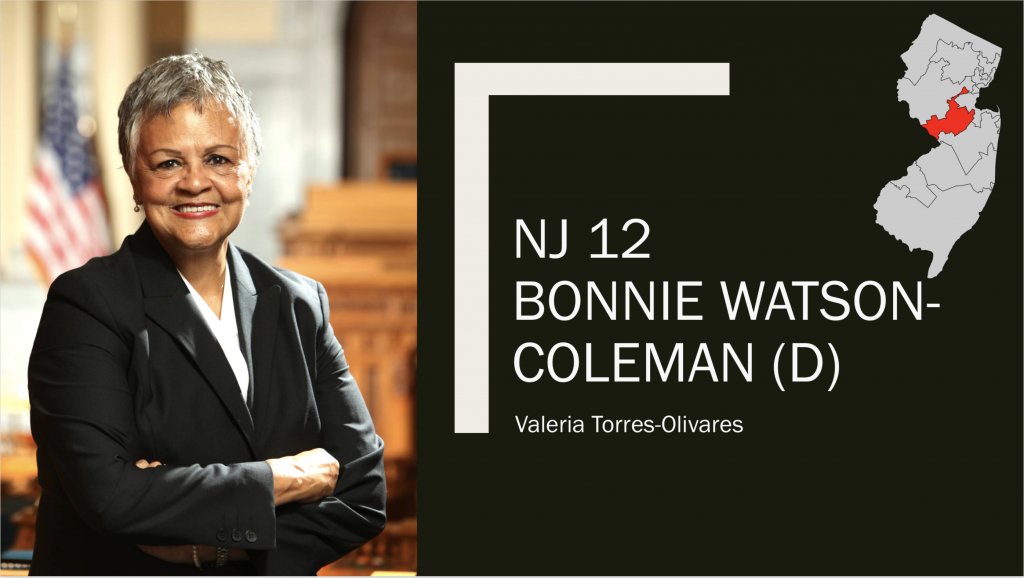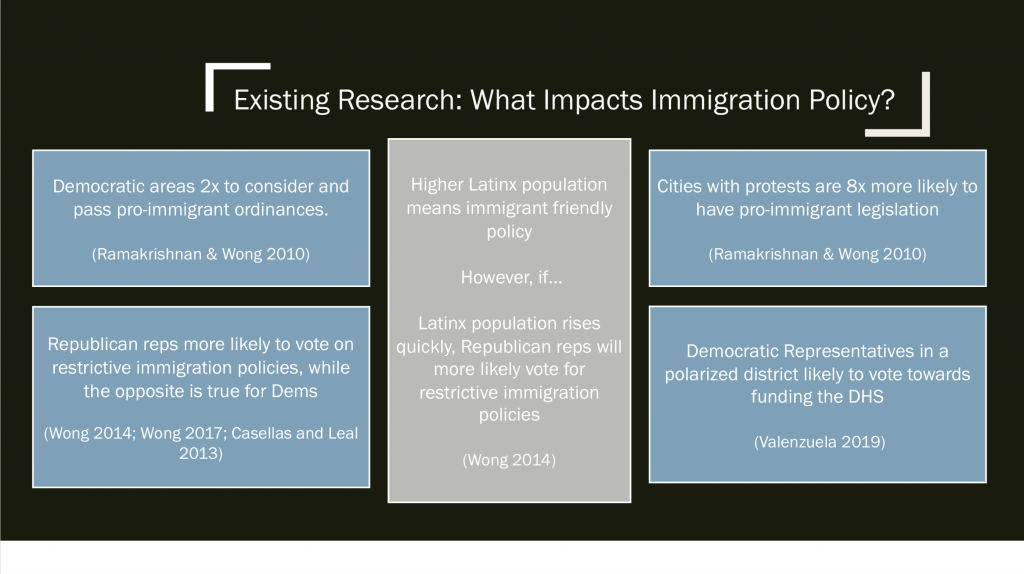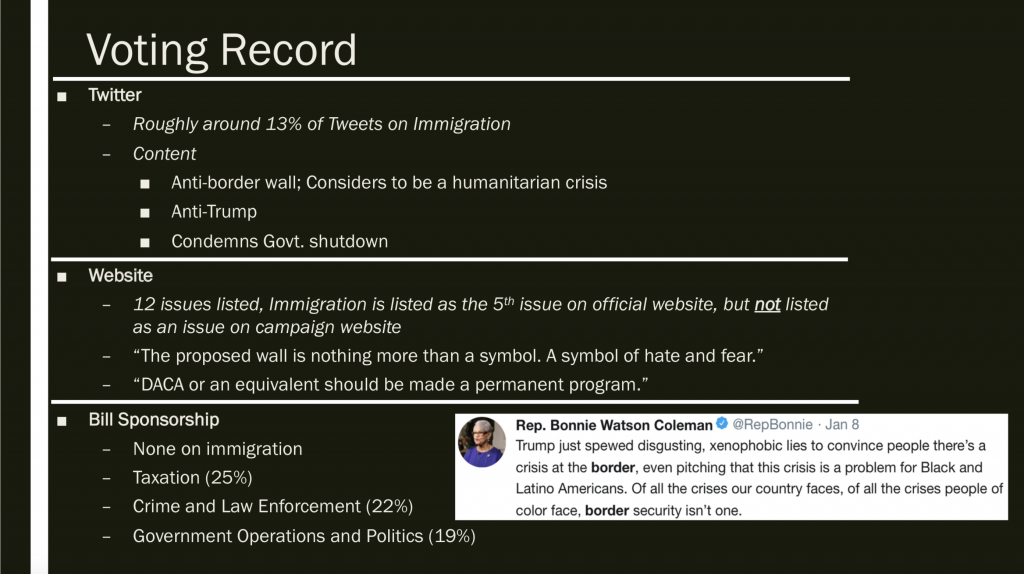By Tori Gorton and Samantha Goerger
Abstract:
Despite the 1600 mile separation and drastically different state politics, two congressional districts from New York and Texas are surprisingly similar in regards to their action and inaction on the question of immigration. To explore the next steps in immigrant policymaking, we compared NY14 and TX18, situated in New York City and Houston, respectively. Both seats have been Democratic strongholds for at least the last 10 years. Demographically, NY14’s population is 47% foreign born and 76% non-white, while TX18’s population is 23% foreign born and 84% non-White. According to extant research on demographics and immigrant representation, NY14 and TX18 should have permissive and comprehensive immigration reform policies. While both Alexandria Ocasio-Cortez (NY14) and Shelia Jackson Lee (TX18) hold extremely liberal views on immigration, we find the articulation of said views to be lacking. We, therefore, propose that Alexandria Ocasio-Cortez and Sheila Jackson Lee better represent their local immigrant populations through increased vocalization of immigration-related issues, expanding the already extensive welfare programs to aid immigrant integration in NY14, and pushing for TX18 to become a sanctuary city. Despite the aforementioned counter-arguments, we believe that our representatives could better represent on immigration by centering the needs of their immigrant communities. Expanding access to welfare, being more vocal about immigrant needs, and adopting sanctuary city policies would foster a safer, fairer, and more welcoming environment for their constituents.
Safety in Numbers?
Pushing for greater representation of immigrant interests in NY14 & TX18

Despite the 1600 mile separation and drastically different state politics, two congressional districts from New York and Texas are surprisingly similar in regards to their action and inaction on the question of immigration. To explore the next steps in immigrant policymaking, we compared NY14 and TX18, situated in New York City and Houston, respectively. While the districts are very liberal, comprise a significant proportion of immigrants, and – according to existing research – should be pushing for permissive/comprehensive immigration reform, we find the articulation of local immigrant interests to be lacking in both places. We, therefore, propose that our members of Congress could better represent immigrants through increasing vocalization of immigration-related issues, expanding welfare to aid immigrant integration in NY14, and pushing for TX18 to become a sanctuary city.



NY14 contains two NYC neighborhoods: Astoria and the Bronx. It is currently represented by Alexandria Ocasio-Cortez (AOC), a freshman Democrat in the House of Congress. TX18 contains much of inner city Houston as well as a significant portion of the greater metropolitan area. It is currently represented by Sheila Jackson Lee, a Democrat who has held the district’s congressional seat since 1995. Both seats have been Democratic strongholds for at least the last 10 years. Demographically, NY14’s population is 47% foreign born and 76% non-white, while TX18’s population is 23% foreign born and 84% non-White. Despite TX18 having a distinctly lower foreign born population than NY14, both are considered large in comparison to the national level of 13% foreign born. In addition, the population of TX18 is younger than that of NY14, similarly educated, and of slightly lower income. Aside from some small differences, the two districts are relatively comparable; however, they are disparate in their geographic context with TX18 being far more proximate to the southern border and in a Republican state, while NY14 is far removed from country borders and situated in a Democratic state.

Extant research shows that the size of the Latinx population is negatively correlated with support for strict enforcement of immigration laws. Democrats have also been found to be less likely to favor restrictive immigration policies. Research also shows that districts with large minority populations are less likely to apply for 287(g) – a punitive federal program that provides training for local law enforcement to become able to facilitate ICE procedures. Moreover, members of Congress who identify as a race other than White are more likely to support permissive immigration policy. Finally, members of Congress in areas that have seen protests on the issue of immigration are more likely to be supportive of permissive policy. Both TX18’s and NY14’s characteristics, demographics, and histories – i.e. their high Latinx population, Democratic members of Congress, large minority populations, non-White representatives, and experience with protests (May Day in both, June 2018) – align with the aforementioned research to predict that their members of Congress will be very likely to back permissive immigration policy. For both members of Congress, 7% of their bill (co)sponsorships from the current Congress are focused on immigration and all bills can be considered as permissive, if not comprehensive.

In spite of this, there is a clear gap between the supposed progressiveness of AOC’s and Lee’s and their public commitment to the issue. Despite purporting notions of “immigration justice” and the desire to “abolish ICE” on her website, AOC’s very active Twitter account only features immigration-related content 6% of the time in recent periods. Similarly, Lee’s website espouses that she is “one of the most outspoken proponents of comprehensive immigration reform in the Congress.” However, only 15% of recent content on Lee’s Twitter feed discusses immigration, 6.4% of issue discussion on her government website, and immigration is not even part of her campaign website’s listed issues. This disconnect betwixt the members’ action in Congress and their articulation of local immigrant interests is a concern that we address with three previously mentioned ideas.


Consequently, we recommend that NY14 increase social welfare to aid immigrant incorporation in the district. This expansion in welfare could include expanding municipal ID cards by making it easier for immigrants to prove their identity, and include local voting benefits through the ID program such as exists in New Haven. Further, AOC should work to expand subway subsidy programs, because public transit is imperative for living, working, and going to school, especially in NYC. That said, it could be argued that NYC is already implementing extensive programs aimed to aid immigrants and minorities, so expansion may not be a top priority.
Our second recommendation is for Sheila Jackson Lee to push for Houston to become a sanctuary city. Research shows that economies are stronger and crime is significantly lower in sanctuary cities as compared to those in non-sanctuary cities. Another study of immigrant communities showed that increased involvement of police in immigration enforcement has significantly heightened the fears many Latinos have of the police, contributing to their social isolation and exacerbating their mistrust of law enforcement authorities. Thus, sanctuary city status for Houston would extend greater protections to its immigrant community – particularly the undocumented segment – and increase the overall safety of the community by allowing Latinos and immigrants to have a safer relationship with law enforcement. A counter-argument to making Houston a sanctuary city is that the policies required are expensive which presents a burden to legal taxpayers and local governments; it is estimated to have cost taxpayers around $113 billion to fund American sanctuary cities in 2013 (with the majority borne by those local to the respective locales).
Finally, we recommend for both Sheila Jackson Lee and AOC to increase their vocalization on immigrant issues – particularly in the local context in hopes to increase the saliency of local immigrant interests, incite change, and aid immigrant integration. A counter-argument to this proposition is that the demographics of both districts have been very stable over the last 10 years, which suggests a stable public opinion on immigration, thereby, not warranting either of the Congresswomen to devote more resources to the issue.
Despite the aforementioned counter-arguments, we believe that our representatives could better represent on immigration by centering the needs of their immigrant communities. Expanding access to welfare, being more vocal about immigrant needs, and adopting sanctuary city policies would foster a safer, fairer, and more welcoming environment for their constituents.
